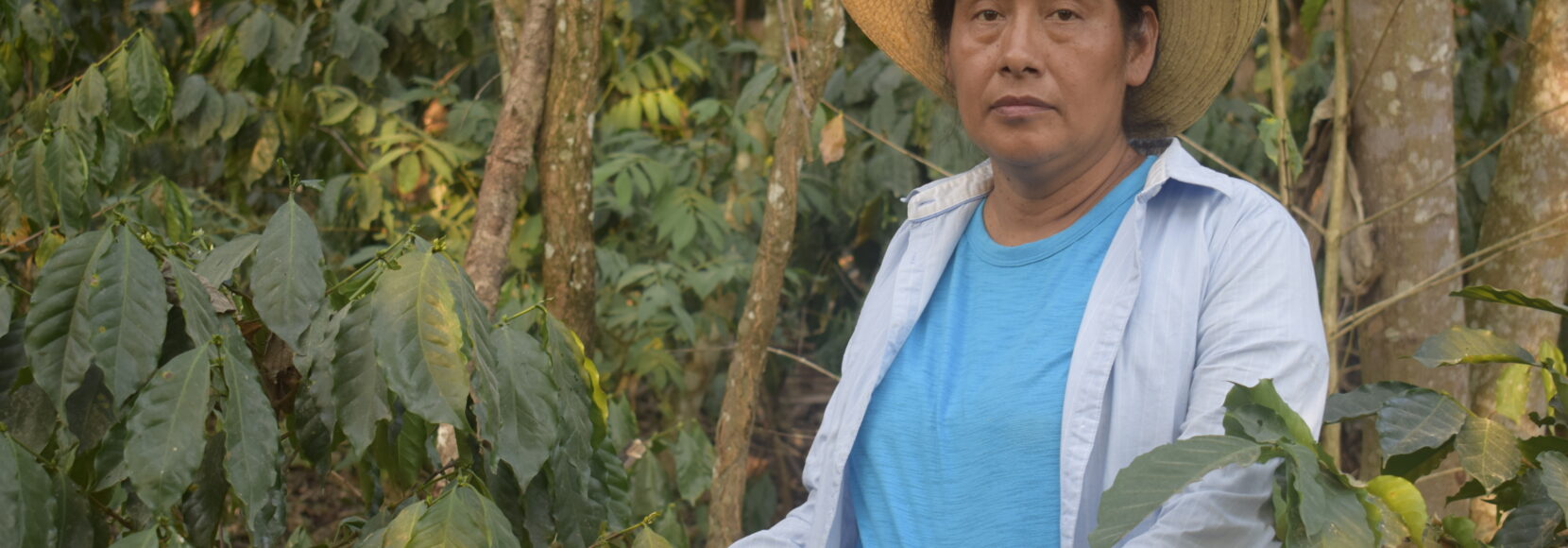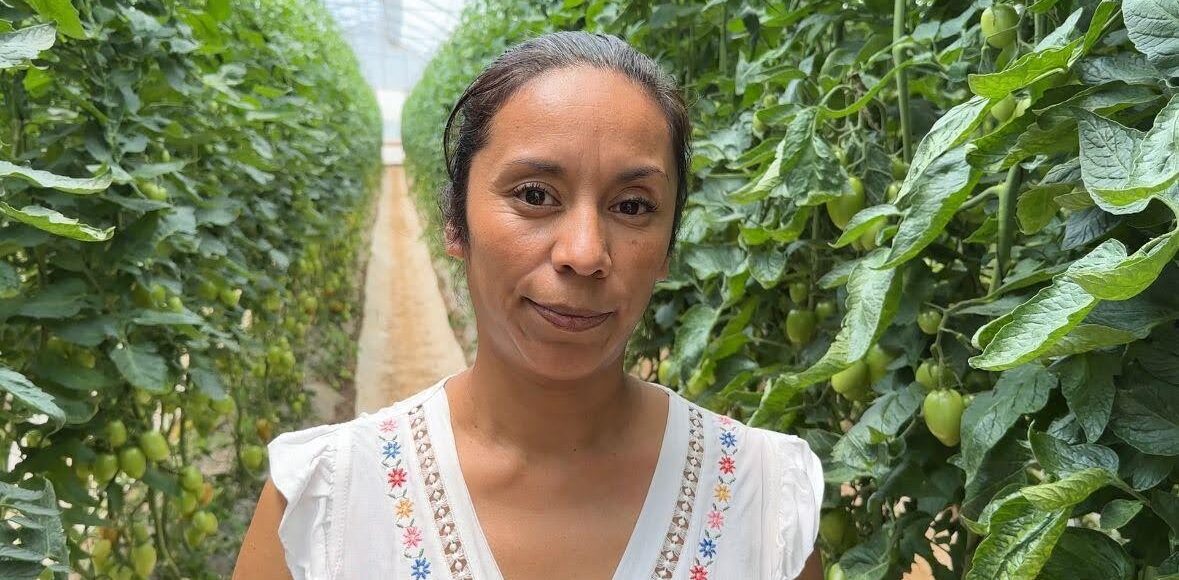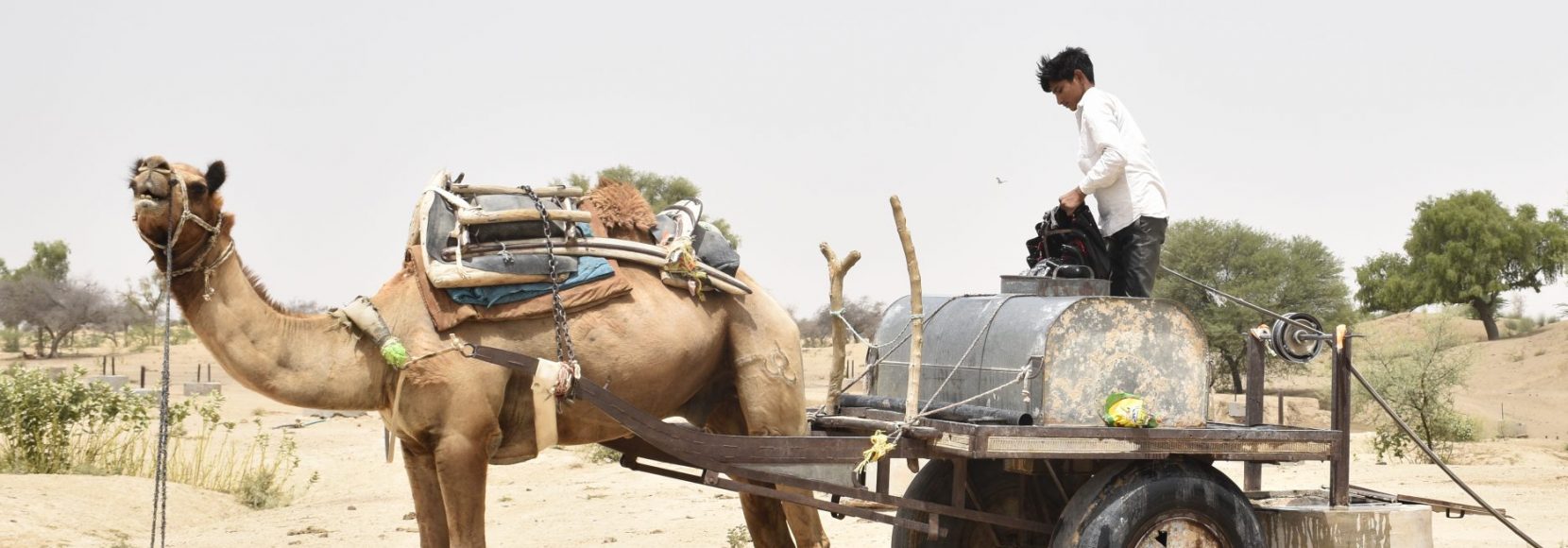
India’s Record-Breaking Heat Wave Is Costly for Farmers
How our team in India is helping smallholder farmers during this year's historic heat wave.
India’s brutal heat wave will end this month with the onset of the monsoons. But after three months of record-breaking heat, the damage has been done.
The record heat began with the hottest month the country had experienced in over 100 years. Temperatures have since soared as high as 115 degrees Fahrenheit, killing dozens of people and decimating crops. At the same time, rainfall dwindled to only a quarter to a third of its usual level.
We caught up with our TechnoServe team in India for a firsthand look at how this historic heat wave—an increasing phenomenon due to climate change—affected smallholder farmers struggling to grow and sell enough crops.
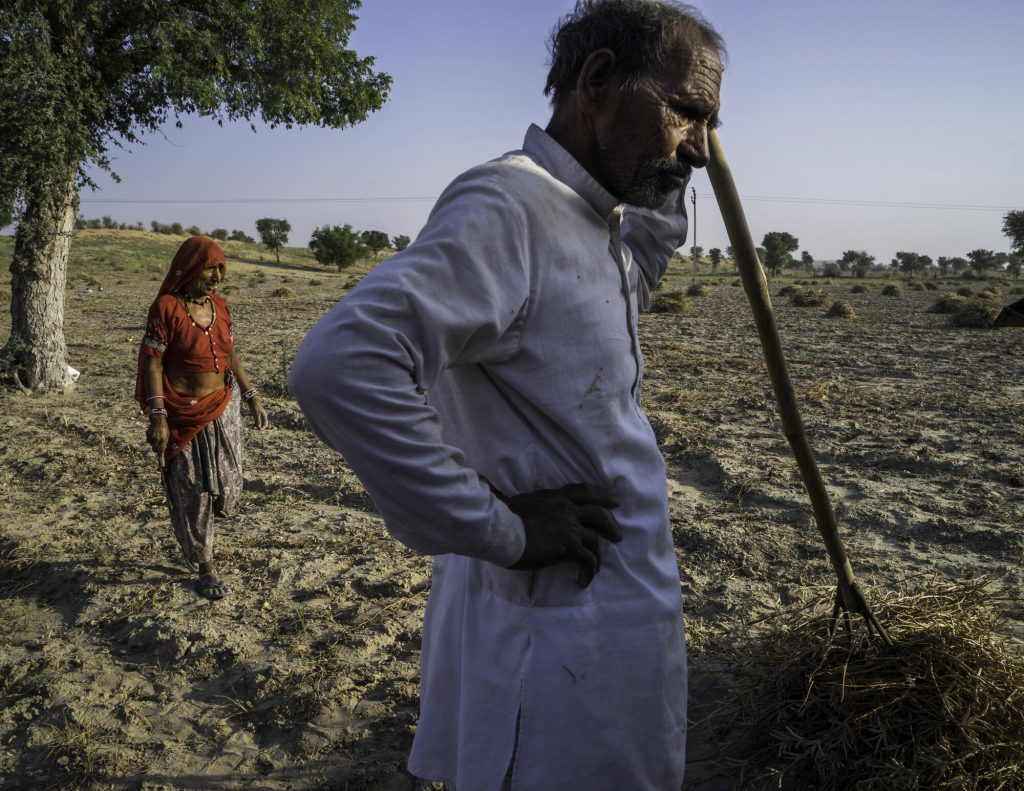
Lower Crop Yields
“The recent heat wave across India has impacted the yield of some crops such as wheat, especially in the country’s northern parts,” says Punit Gupta, TechnoServe’s India Country Director.
As the world’s second largest wheat producer, India has about 10% of the world’s grain reserves. Concerned over the ongoing heat wave, the Indian government imposed a ban on its wheat exports—a decision that could exacerbate the global hunger crisis during a time when wheat supplies are already perilously low due to the conflict in Ukraine.
In northern India, near the border of Nepal, some farmers working with TechnoServe have reported that wheat yields are down roughly 30%. In the same region, where farmers have long grown mint in hot climates, recent temperature surges past 100 degrees Fahrenheit stunted plants’ growth and reduced leaf density and yields.
And in southeastern India, cashew farmers watched in dismay as scorching temperatures robbed their trees of moisture during the critical early fruition period. Cashew flowers dried up early, leaving fruits immature—and farmers with fewer cashews to sell.
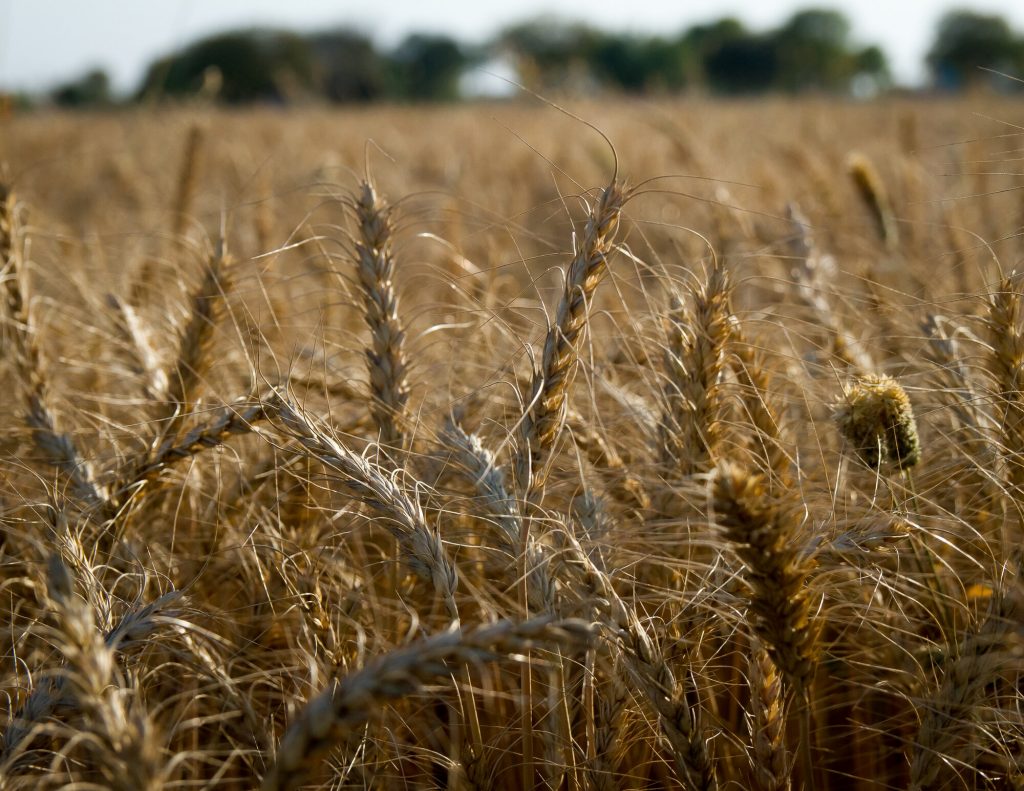
Damaged Crops
Farmers are not just reporting fewer crops, but lower crop quality—further reducing their income from sales.
As high temperatures affected everything from soil moisture to plant respiration, wheat grains shriveled in the sun. “Some farmers pointed out that their produce has become very light in mass–for example, the quantity seems to be around 20 quintals [roughly 4,400 pounds], but the actual weight is half that,” said Avantika Upadhyaya Sinha, Assistant Communications Manager at TechnoServe India, conveying reports from TechnoServe field teams. The wheat then sells for lower prices in the market.
Higher temperatures and lower rainfall also reduce the size of fruit like mango. India is the world’s largest producer of mango—but this year, the heat surge hit during a crucial flowering period for the trees.
In India’s northern region, where TechnoServe works to help mango farmers improve their incomes, the fruits are losing volume due to the high temperatures, and the region’s mango yield is expected to fall by a devastating 70%.
Lost Income for Farmers
Lower crop yields and quality aren’t the only ways the record heat has hurt farmer income.
To ward off its worst damage, farmers have been watering their crops more frequently than usual. “To survive the heat wave, vegetable fields are irrigated frequently,” says Avantika. “Even a delay of one to two days in irrigation results in the plants drying up.”
But irrigation costs money, and higher costs eat into farmers’ profits.
In addition, highly perishable crops like fruits and vegetables also spoil faster in high heat. Farmers working with TechnoServe have reported “huge post-harvest losses,” according to Avantika, because their produce rots before they can get it to market.
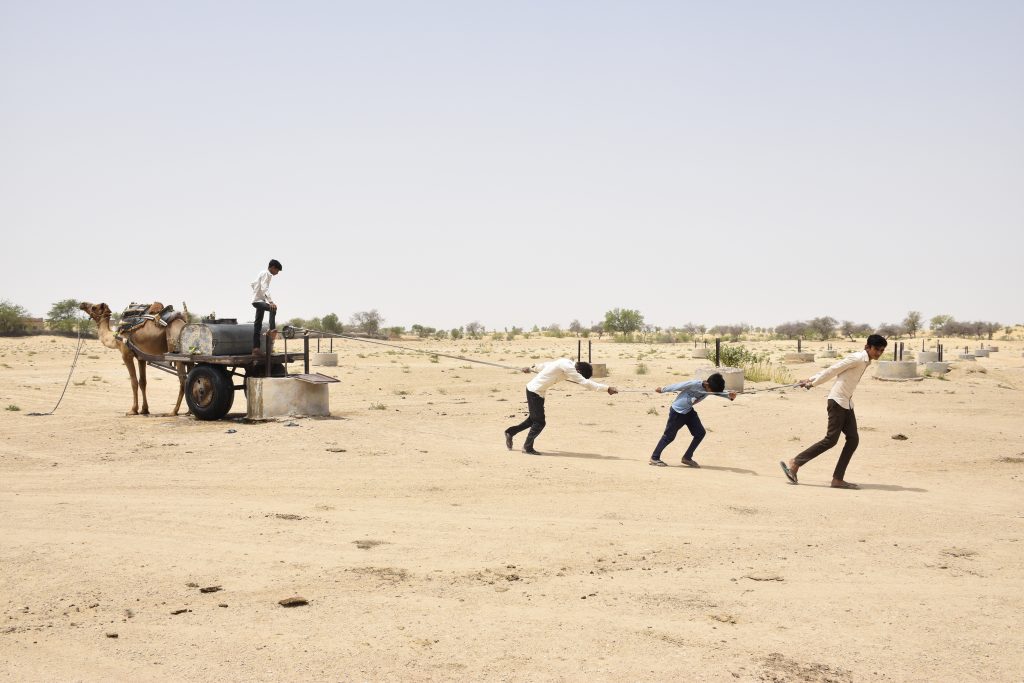
Regenerative Agriculture Helps Wheat Farmers
To help farmers manage this crisis, exacerbated by climate change, TechnoServe turned to its regenerative agriculture arsenal. These environment-friendly techniques not only improve the health and carbon footprint of farmers’ land, but can boost their crop quality and yields.
For wheat farmers, TechnoServe advised they increase irrigation to support crops during such intense heat. But the team also introduced farmers to micro-irrigation facilities, which targets water more directly to the roots and reduces overwatering. This helped farmers increase irrigation more cost-effectively.
TechnoServe also advised farmers to mulch their fields, helping the soil retain water and protect crops from the worst of the record heat. And the team also recommended more drought- and heat-tolerant varieties of wheat seeds that will help farmers reduce losses from future crops.
Helping Families and Communities Manage the Heat Wave
The advice was similar in India’s northwest, where TechnoServe works with guar and vegetable farmers. The team helped farmers there to apply water management and conservation techniques at both the individual and community levels. And it helped farmers find ways to cut costs, especially in the face of spiralizing fertilizer prices–advising them on ways to apply animal manure to help future crop production.
Many women farmers, who maintain “kitchen gardens” that supply food for the family, got pings on their cell phones from TechnoServe during the crisis. Text messages advised on how to protect plants from heat by covering them with a cotton cloth or irrigating them twice a day.
“We are also in discussions with produce buyers, many of whom have agreed to adjust prices to lessen the impact of yield loss,” said Punit.
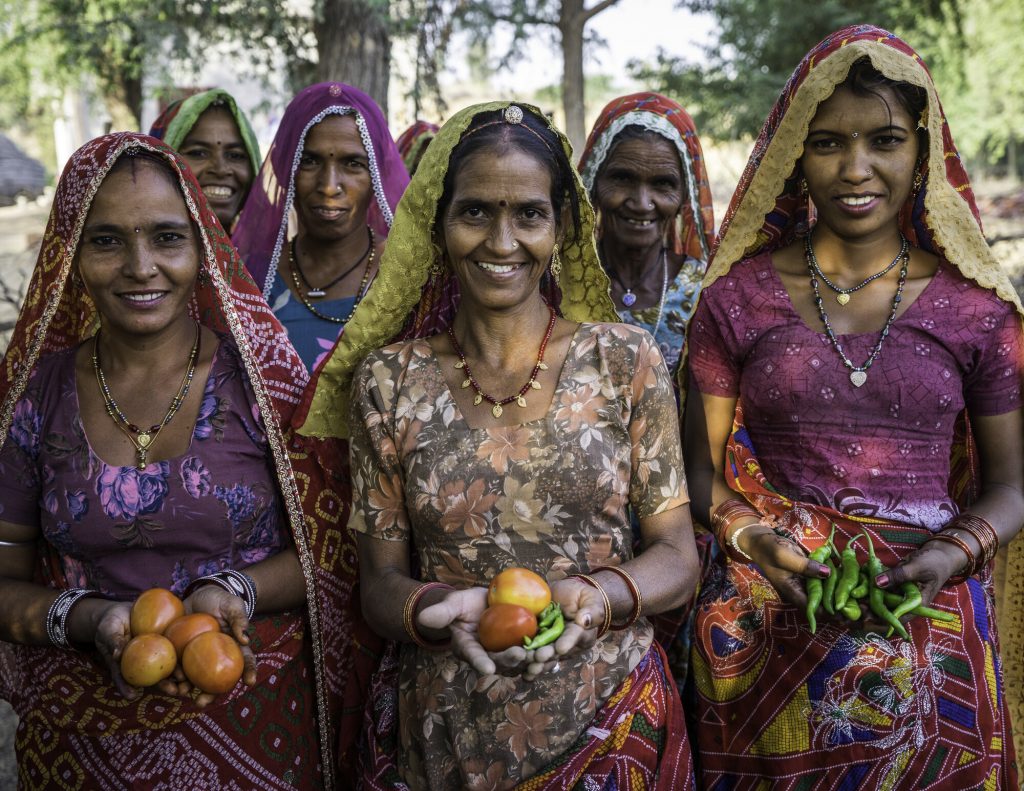
Helping Farmers Succeed Despite Increasing Climate Risks
As climate change sends temperatures rising across the globe, intense heat waves like India’s are projected to become more frequent. And smallholder farmers are among the world’s most vulnerable.
While they can’t prevent climate change, they can still do much to prevent its worst impact on their livelihoods and families.
Learn more about how TechnoServe is helping farmers around the world take back control over their incomes despite growing climate threats:
- 5 Ways Climate Change is Threatening the Livelihoods of Smallholder Farmers
- Earth Day 2022
- The UN Report on Climate Change and What We Can Do Now
- Environmental Sustainability
You can make a difference in the lives of farmers affected by the heat wave in India. Help them today by donating $100.




